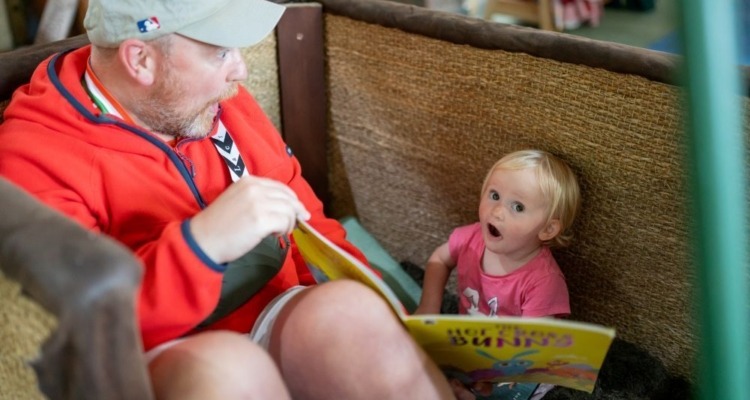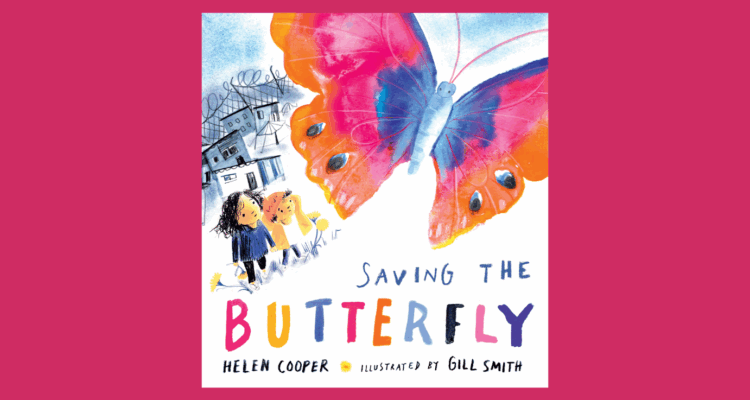The Evening Read-In: All About…A Christmas Carol #1
To get ready for the very first Evening Read-In – coming this Thursday, 24th November at 9pm – we’ll be providing you with some information behind the featured Evening Read-In story: the Charles Dickens classic, A Christmas Carol. First off, the story behind the story…
The tale of A Christmas Carol has endured for decades, captivating the attentions of many different generations: children and adults alike. It is surely Dickens’ most famed Christmas story (though he has wrote several other Christmas themed tales).

The story was ‘born’ in October 1843 and primarily came to fruition due to Dickens’ need for money to support his expanding family. The ideas for the plot began to stir after a visit to Manchester, where Dickens was called upon to make a speech to support its Athenaeum, a place which provided educational support for the then town’s adult workers – the plight of the poor and the overwrought worker being a major theme in the story.
Even as he was writing it, Dickens became engrossed in the plot of A Christmas Carol - a sure sign that it would become one of the most popular classic short stories of the modern age. Dickens was just as gripped by the emotions of the story as a reader today would be, writing that he "wept and laughed, and wept again'” at its development and that he “walked about the black streets of London fifteen or twenty miles many a night when all sober folks had gone to bed” – most likely to get inspiration for Scrooge’s night-time journeys with each of his visiting spirits.
A Christmas Carol was finished by the middle of November ready perfectly in time for a Christmas publishing. But not before Dickens had some major arguments with his publishers about the book’s production – in the end, wanting to present the best book possible to the public, Dickens paid for all production costs himself, equipping the book with a lavish gold-stamped cover and hand-coloured illustrations. He also ensured that the book was affordable to people from all social classes and backgrounds by setting the price at a modest-for-the-time five shillings. Charles knew how to start a reading revolution...
Share
Related Articles

We cannot just tell parents to read more. To truly improve children’s futures through reading, we need to properly support the adults around them to do so.
Responding to the Department of Education's announcement that 2026 will be a Year of Reading, The Reader's Managing Director Jemma…

Storybarn Book of the Month: Saving the Butterfly
This month, as part of Refugee Week (16-22 June), we've been taking a look back at one of our favourites…

Shared Reading in Wirral Libraries: ‘As a kid people read stories to you but as an adult you lose that – and it’s a fantastic thing to do!’
Two Strategic Librarians for Wirral Libraries, Kathleen McKean and Diane Mitchell have been working in partnership with the UK’s largest…


